Knowledge Festival showcases accomplishments of NSF-Gallaudet VL2 Science of Learning Center
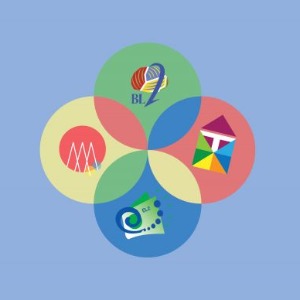
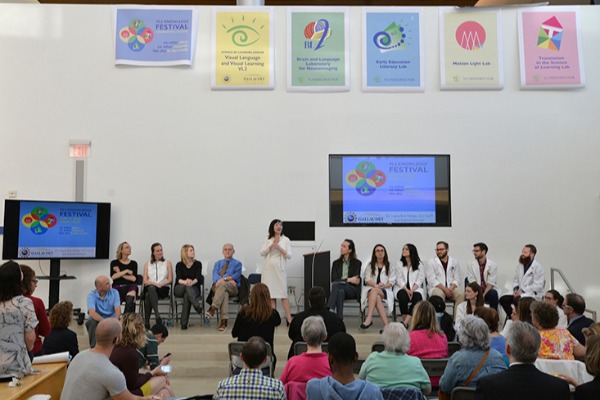
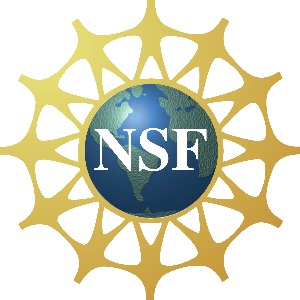
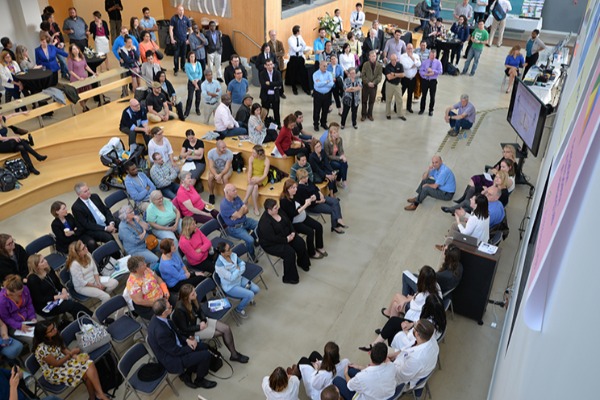
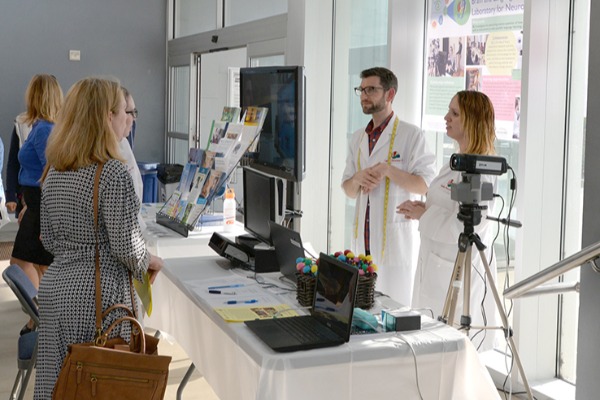
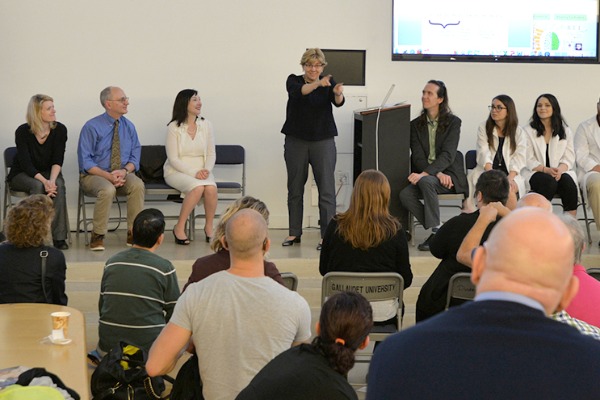
A Knowledge Festival recently provided the public with the opportunity to learn more about the wide array of research, products, and achievements of the National Science Foundation (NSF) and Gallaudet University's Science of Learning Center, Visual Language and Visual Learning, VL2.
VL2 Knowledge Festival presentationsOn May 9, 2016, Gallaudet University's Sorenson Language and Communication Center atrium was packed as people listened to presentations about VL2 and its four resource hubs and visited booths showcasing each hub and the Ph.D. in Educational Neuroscience (PEN) program.
Dr. Laura-Ann Petitto, VL2 co-PI and Science Director, kicked off the event with an overview of the founding and expansion of the Science of Learning Center, Visual Language and Visual Learning, and its four hubs with funding and support from the National Science Foundation. She also described VL2's vital role in establishing Gallaudet as the epicenter of research on deafness and the education and advancement of deaf and hard of hearing people.
NSF logoShe then listed several myths that research from VL2 and the Petitto Brain and Language Laboratory for Neuroimaging, BL2, has busted. She stressed in particular that early exposure to sign language does not harm deaf children's acquisition of spoken and written English and that deaf children, even those with cochlear implants, benefit from access to visual language. She also stated that this exposure, in fact, confers the same cognitive benefits found in hearing bilingual children speaking two languages. For more information about these myths that Petitto and VL2 have busted, read "Revolutionizing the Science of Learning."
Dr. Petitto was followed by representatives of the four resource hubs — the Brain and Language Laboratory for Neuroimaging, the Early Education Literacy Lab, the Motion Light Lab, and the Translation in the Science of Learning Lab — as well as two Ph.D. in Educational Neuroscience students who exemplify the program's success.
Attendees at VL2 Knowledge Festival BL2 hub booth at VL2 Knowledge Festival
Hub booths around the perimeter of the atrium offered opportunities for people to view products from the Science of Learning Center, Visual Language and Visual Learning, such as the bilingual VL2 Storybook Apps, the online Visual Communication and Sign Language Checklist assessment tool, and research briefs and Parent Information Package. At the BL2 booth, attendees received hands-on experience with the lab's cutting-edge thermal infrared imaging and eye-tracking equipment.
Gallaudet president Roberta Cordano makes remarksAfter the presentations, Gallaudet president Roberta Cordano praised the VL2 team for "their beautiful leadership and vision for the future" and exhorted the audience to help spread the word about VL2's research.
"Our task now is to translate this 'R-1,' top-tier research and put that research into practice," she said. "This will require the efforts of all of us in this community here and across the nation, and even the world!
"This is VL2's call to action for us, and we will respond to that call."
Videos (in ASL, with English subtitles and audio) and English transcripts of each presentation are below. To download a complete transcript of all presentations in PDF format, click here.
Dr. Laura-Ann Petitto, VL2 co-PI and Science Director and BL2 Scientific Director, talks about:
- The founding of the Center for Visual Language and Visual Learning, VL2, 10 years ago at Gallaudet with funding from NSF, and its people and ongoing growth;
- VL2's revolutionary discoveries about how humans learn through the eyes;
- Myths VL2 science has busted about early exposure to sign language and its role in language learning and literacy;
- Implications of these discoveries for public policy;
- Future directions for VL2, including exciting new and innovative research, technologies, and translational products;
- An overview of VL2's four resource hubs.
To download a transcript, click here.
Dr. Clifton Langdon, Assistant Director of the Petitto Brain and Language Laboratory for Neuroimaging (BL2), discusses:
- Cutting-edge technology used in the lab to make groundbreaking discoveries about language acquisition, bilingualism, and how one learns to read;
- How infants acquire language by learning to segment the language stream into phonological units, which they then map onto letters in print as they learn to read;
- Visual sign phonology and how segmentation and processing occurs when the language input is through the eyes.
To download a transcript, click here.
Dr. Thomas Allen, VL2 co-PI and Early Education and Literacy Lab (EL2) Director, summarizes:
- EL2's studies of deaf and hard of hearing children in the real world, such as the VL2 Early Education Longitudinal Study;
- Discoveries resulting from the EELS data, such as correlations between fingerspelling and ASL skills, and ASL skills and reading skills;
- ASL language assessment toolkits developed in the center, including the Visual Communication and Sign Language Checklist.
To download a transcript, click here.
Melissa Malzkuhn, founder and Creative Director of Motion Light Lab (ML2), talks about:
- ML2's development of bilingual storybook apps in ASL and English, designed based on VL2 research findings, and their global impact;
- A Storybook Creator app template for the public;
- Groundbreaking work with motion capture and avatars, as part of BL2's W.M. Keck Foundation and NSF INSPIRE grant-funded studies into the temporal rhythmic patterns of language and newborns' sensitivity to those patterns.
To download a transcript, click here.
Dr. Melissa Herzig, director of the Translation in the Science of Learning Lab (TL2), discusses:
- TL2's community engagement and dissemination of research findings and products from other VL2 resource hubs;
- Research briefs, Parent Information Package, and other resources for families, educators, and medical professionals;
- Quality assurance mechanisms, such as SignWise and the Review Evaluation Committee;
- Preparing the next generation of scientists to continue educational neuroscience research.
To download a transcript, click here.
Geo Kartheiser and Adam Stone, fourth-year Ph.D. in Educational Neuroscience (PEN) students, explain:
- Educational Neuroscience as the study of human learning during the early period of life and how children learn language and reading;
- Gallaudet's PEN program as the first of its kind and a model for the world;
- Accomplishments by PEN students, including prestigious grant awards, publications, and presentations at national and international conferences;
- Training opportunities available to Gallaudet's PEN students.
To download a transcript, click here.
By Tara Schupner Congdon, Manager of Communications and Dissemination